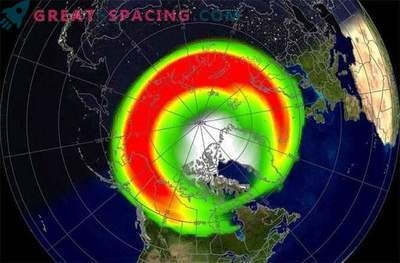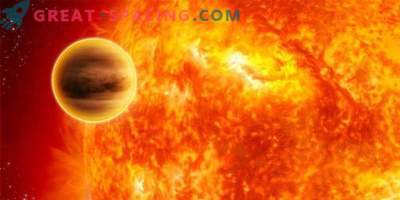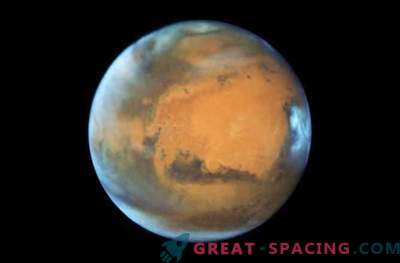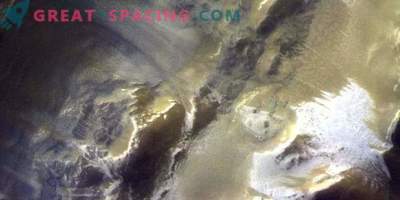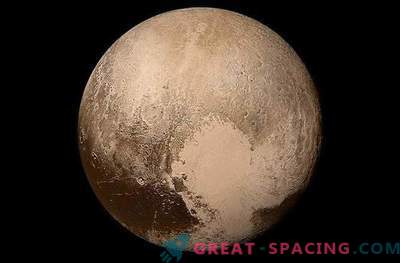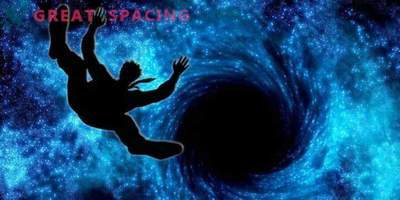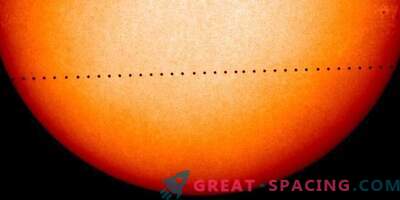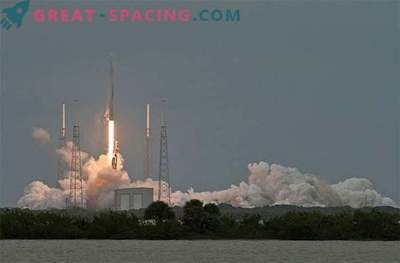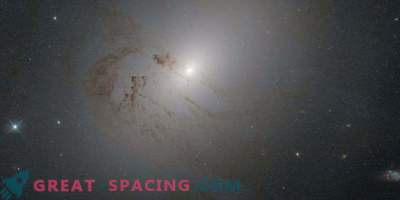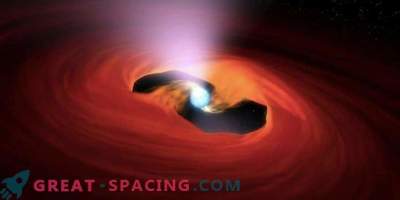
Planetary hunters can be very disappointed when they learn that standard stellar emissions (coronal mass ejections) can have a significant impact on the ability of life-sustaining exoplanets of discovered type.
A recent study focused on the study of coronal mass ejections in our solar system. It was decided to apply this model to another star system, which has a high potential for the development of life.

Coronal mass ejections are a standard example of space weather, but worlds close to a star will receive more influence. And in systems with low-mass and cold stars, habitable areas are much closer to a star than in the Solar System. Here lies the main snag.
Coronal mass ejections are capable of compressing the magnetosphere of the world (a magnetic bubble protecting the planet), due to which the atmospheric layer is exposed and removed. In fact, because of this, the planet receives a huge amount of harmful X-rays from its native star. That is, life will be much more difficult to develop or at least survive in such conditions. A graduate student and research participant Mark Kornbljut says:
“Although these cold stars seem the most numerous and offer the best prospects for finding life in another world, they also look more dangerous because of coronal mass ejections”.
The team also modeled the trajectory of theoretical coronal mass ejections from the cold star V374 Pegasus. It turned out that the powerful magnetic star fields push emissions to the astrophysical current sheet, where they are trapped.
It sounds bleak, but when searching for extraterrestrial life, researchers still rely on TRAPPIST-1. This is an ultracold dwarf star, seemingly more stable than its star brothers and sisters.





